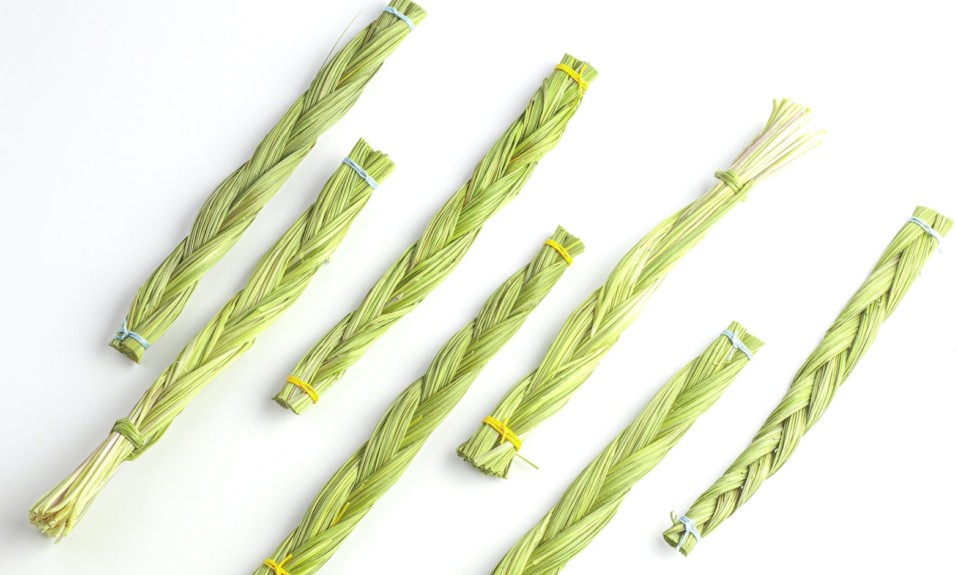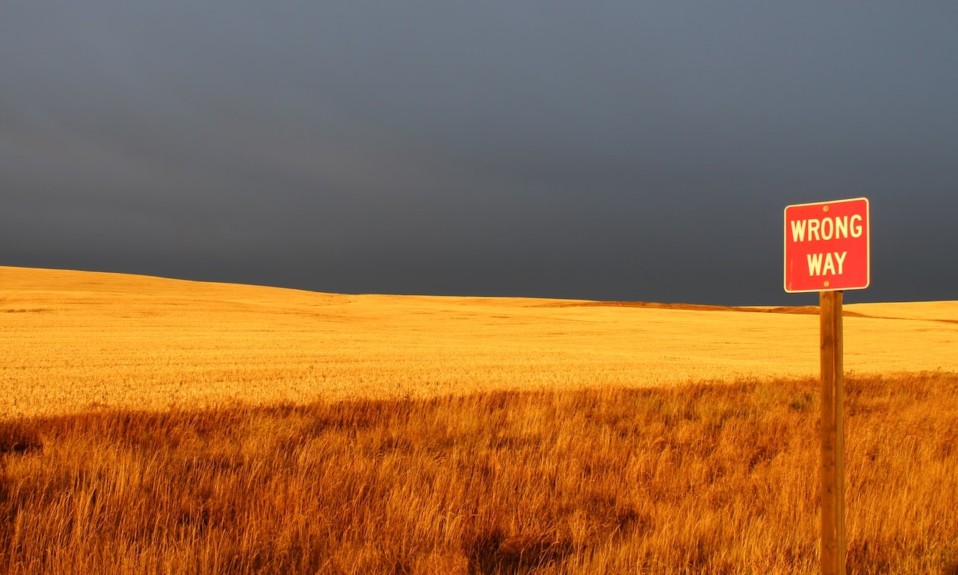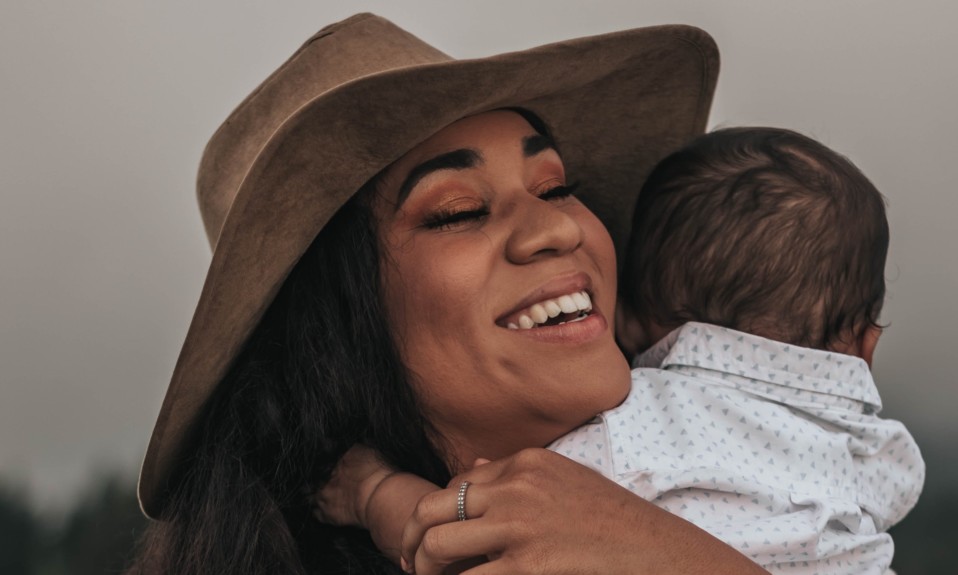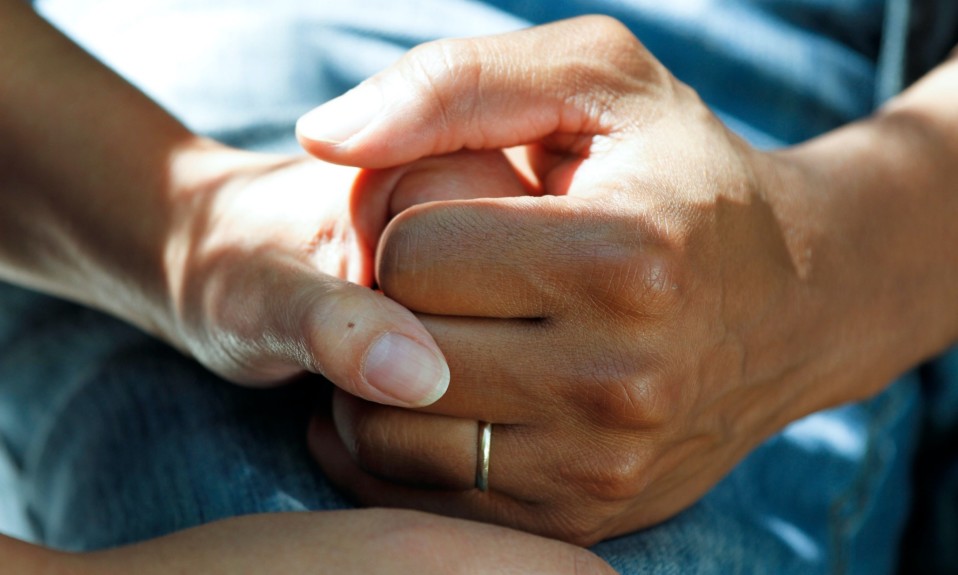The therapy was developed by Mark Standing Eagle Baez, PhD, in the 2000s to address the distinct needs of Native American and Indigenous populations
By Jason Langendorf
Stories have always been woven into the fabric of Native American and Indigenous cultures. They are valued within these communities for their power to pass along traditions, to link generations and even to heal.
And each is, in its own way, a critical component in the Sweetgrass Method—a therapeutic approach, developed by Mark Standing Eagle Baez, PhD, for delivering culturally sensitive addiction and mental health treatment to Native and Indigenous communities and individuals.
Baez is an assistant professor of counseling and clinical psychology at Bemidji State University in Bemidji, Minn.—“the traditional territory of the Ojibway and Lakota people,” he says—and has been working as a researcher and counselor on behalf of Native and Indigenous communities from Alaska to Australia for more than 20 years.
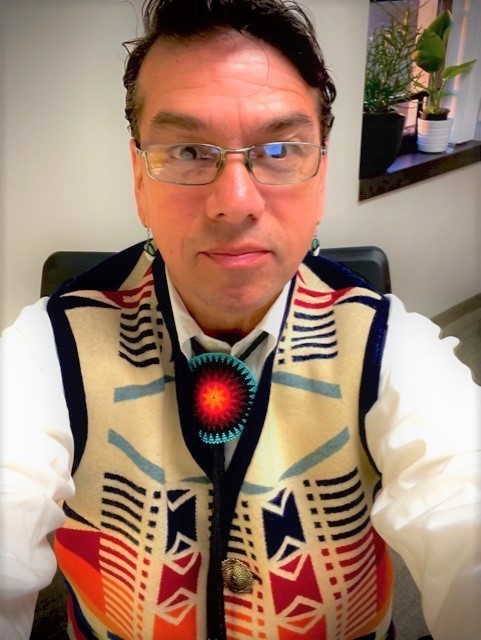
During a recent seminar hosted by NAADAC, the Association for Addiction Professionals, Baez—who is of Mohawk, Pawnee, Coahuiltecan and Mexican descent—made clear from the start the importance of sharing stories in treating Native and Indigenous populations.
“Understanding disparities among Indigenous people is the first step towards health equity,” Baez says. “If we do not know their story, it will be incredibly difficult to provide a recipe of success.”
Just as important as the content of those stories is the act itself—listening to a patient, participating in an important cultural tradition, sometimes even sharing one’s own stories as a counselor.
“Telling stories is very culturally appropriate, versus [immediately] sitting down, asking them where their last hug came from,” Baez says. “Where they come from, where their tribe comes from, sharing traditions—that is how we start our conversations.”
The Plight of Native Americans
Rates of substance use and behavioral health disorders among Native populations are higher, almost across the board, than those in other demographics, and barriers to treatment (such as inadequate access and stigma) are more pronounced. According to the Substance Abuse and Mental Health Services Administration (SAMHSA), 13% of Native Americans need substance use treatment, but only 3.5% actually receive any.
Baez cited additional SAMHSA data in his presentation that found a lack of cultural understanding and culturally sensitive programs as reasons for underutilization of treatment and low rates of retention among Native and Indigenous patients. Generational trauma among Native and Indigenous populations has created a trust gap between people in need in those communities and programs that have been almost exclusively designed by—and for—white people.
“Stigma, mistrust, not knowing who they are, a fear of being judged is a barrier,” Baez says. “Not knowing who they are—the therapists and counselors they’re working with may … think that we are all alike as indigenous people.”
The reaction among Native patients, then, is a natural one: “I do not know who they are. They are not native. I do not trust them,” Baez says.
The Tenets of the Sweetgrass Method
As an extension of his research and experiences, Baez developed the Sweetgrass Method in 2009 as a way to bridge that trust gap and create practical guidelines for addressing the treatment needs of Native and Indigenous people.
“What is powerful about the Sweetgrass Method is that it incorporates those resources that work for the individual, that work for the tribe, that work for that community.”
—Mark Standing Eagle Baez
Named after a cool-season grass that is used in many North American Indigenous cultural ceremonies and traditions—often braided—the Sweetgrass Method can be summed up in its simplest form, according to Baez, by viewing it as three braiding strands:
- Self: Self-care and competencies
- Communication/collaboration/consultation: Practitioner, client and family
- Continuity of services: Client, family and communities
Woven into these strands are important culturally responsive tenets that specifically have Native and Indigenous patients in mind. An example: “The idea that Indigenous people are ‘stuck’ in the past can lead to the stereotype that Indigenous people are unwilling and unable to ‘get better.’”
At the end of the day, orienting treatment in a culturally appropriate and effective fashion isn’t about writing different sets of rules for different populations. It’s about meeting people with addiction and mental health treatment needs where they are.
“What is powerful about the Sweetgrass Method is that it incorporates those resources that work for the individual, that work for the tribe, that work for that community,” Baez says. “So it is not just one way. This sweetgrass is grass, and it is flexible when it is stepped on, it bends right back. So we need to be flexible, too.”
Top photo: Petr Sidorov


